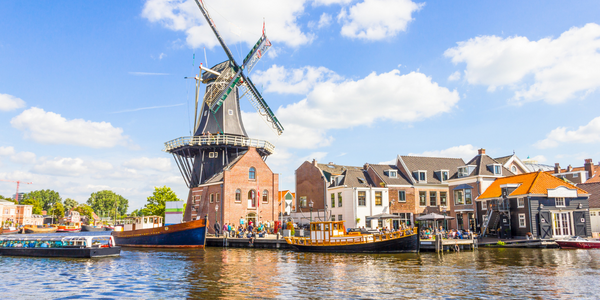Applicable Industries
- Cities & Municipalities
About The Customer
The customer is a specialized provider of a Premier List of Local Government Officials. They operate across all 50 states of the US, providing a comprehensive list of over 250,000 local government officials. The client has a long-standing operational relationship with Datamatics, spanning over 10 years. Despite this, they were facing challenges in increasing operational productivity, improving data accuracy, and enabling product expansion. They sought the help of Datamatics Consulting wing to overcome these challenges and achieve their objectives.
The Challenge
The client, a specialized provider of a Premier List of Local Government Officials across 50 states of the US, had a long-standing operational relationship with Datamatics. Despite this, they were facing significant challenges in increasing operational productivity, improving data accuracy, and enabling product expansion without adding new headcount. The client approached Datamatics Consulting wing to seek process consulting to achieve these objectives. The challenge was to identify and rectify the inefficiencies and challenges in the current operations that were hindering productivity and accuracy, and to devise a strategy for product expansion without the need for additional personnel.
The Solution
Datamatics conducted a detailed examination of the client's processes and carried out stakeholder interviews with both the client and the operations team. This allowed them to gain a deep understanding of the inefficiencies and challenges in the current operations. Based on this understanding, Datamatics provided a set of recommendations to the client. These recommendations included a mix of changes to the process, system simplification, and new technology solutions. A roadmap was also provided, taking into account the ease of implementation, complexity, and order of implementation. Datamatics extended its support to drive and oversee the implementation of these recommendations to successfully realize the targeted gains.
Operational Impact
Quantitative Benefit

Case Study missing?
Start adding your own!
Register with your work email and create a new case study profile for your business.
Related Case Studies.

Case Study
Turning A Stadium Into A Smart Building
Honeywell created what it called the “intelligent system” for the National Stadium in Beijing, China, turning the venue for the opening and closing events at the 2008 Summer Olympics into a “smart building.” Designed by highly controversial artist Ai Weiwei, the “Bird’s Nest” remains one of the most impressive feats of stadium architecture in the world. The 250,000 square meter structure housed more than 100,000 athletes and spectators at a time. To accommodate such capacity, China turned to Honeywell’s EBI Integrated Building Management System to create an integrated “intelligent system” for improved building security, safety and energy efficiency.
.png)
Case Study
Smart Street Light Network (Copenhagen)
Key stakeholders are taking a comprehensive approach to rethinking smart city innovation. City leaders have collaborated through partnerships involving government, research institutions and solution providers. The Copenhagen Solutions Lab is one of the leading organizations at the forefront of this movement. By bringing together manufacturers with municipal buyers, the Copenhagen Solutions Lab has catalyzed the development and deployment of next-generation smart city innovations. Copenhagen is leveraging this unique approach to accelerate the implementation of smart city solutions. One of the primary focus areas is LED street lighting.

Case Study
Buoy Status Monitoring with LoRa
The Netherlands are well-known for their inland waterways, canals, sluices and of course port activities. The Dutch Ministry of Infrastructure indicates that there are thousands of buoys and fixed items in and near water environments that would profit from IoT monitoring. One of the problems with buoys for example, is that they get hit by ships and the anchor cable breaks. Without connectivity, it takes quite some time to find out that something has happened with that buoy. Not to mention the costs of renting a boat to go to the buoy to fix it. Another important issue, is that there is no real-time monitoring of the buoys at this moment. Only by physically visiting the object on the water, one gains insight in its status.

Case Study
Barcelona Case Study
Barcelona’s heavy traffic and its associated high levels of pollution were the primary factors that motivated some companies and universities to work on strategies for improving traffic in the city centre. Bitcarrier is one of the technologies involved in the In4Mo Project, whose main objective is to develop the applications that form the core of smart mobility, one of the fundamental pillars of the smart city concept.

Case Study
China Mobile Smart Parking
Smart Parking, powered by NB-IoT technology, is making it easier for drivers to find free parking spots. Cities can better manage their parking assets and maximize the revenue available to them as a result. Drivers searching for parking create congestion and pollution by circling and hunting for available parking. Smart Parking services are able to significantly ease these problems by guiding a driver directly to a parking space.








